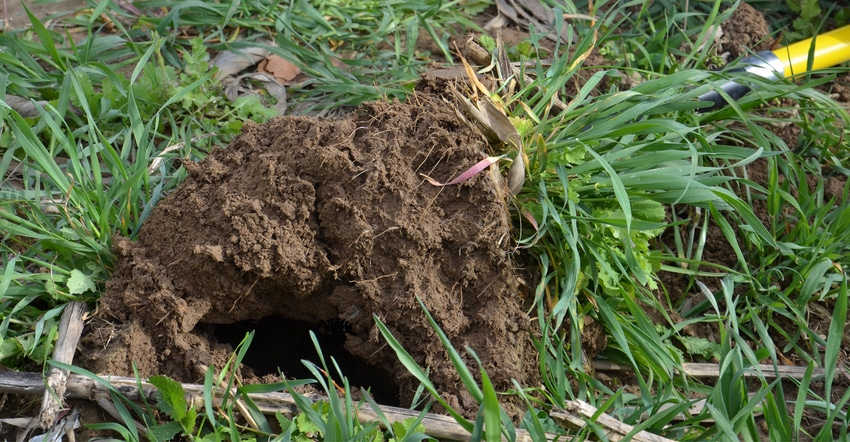February 9, 2017

More than three decades after Indiana’s T by 2000 program was finally funded, those who believe in soil conservation still look for ways to bump up funding from the Legislature so they can get more conservation on the land and save more soil. Mark Lawson, Danville, hopes maybe this will be the year when the Legislature finally provides more funding for T by 2000’s successor, Clean Water Indiana.
“We have more requests for Clean Water Indiana funds than we have money,” Lawson says. He is a supervisor with the Hendricks County Soil and Water Conservation District, and is currently serving on the board of directors for the Indiana Association of Soil and Water Conservation Districts.
In recent years, Clean Water Indiana received a $1 million for cost-share use around the state during the two-year budget cycle. This year, the request is higher. Even if granted, Indiana would still provide far less support for soil conservation from state government than almost every neighboring state.
The irony is that despite receiving less money in state support, Indiana is a national leader in the soil conservation movement. Indiana ranks near the top in number of cover crop acres, and is recognized as a leader in promoting soil health.
While the current state support is much appreciated, conservation leaders realize that with even more support, they could help more producers try cover crops, expanding the trend at a faster pace and accelerating the rate of protection of Indiana’s water resources. These resources provide drinking water for major cities, including Indianapolis and Fort Wayne.
Crossroads for funding
Since the beginning of T by 2000, funding for what is now the Division of Soil Conservation in the Indiana State Department of Agriculture and for its employees has come from the cigarette tax. While it may seem like an odd way to fund a good cause, it resulted from a last-minute compromise. Rather than get no funding to start T by 2000, conservation leaders took what the Legislature would approve.
Lawson, for one, still thinks it’s an odd way to fund a good cause. “It just doesn’t seem right to fund soil conservation through a consumption tax on a product that we know isn’t good for people,” he says.
There is some talk of raising the cigarette tax again this session. Lawson knows that if the cigarette tax goes up, soil conservation won’t get more money. The rate contributed to the Division of Soil Conservation is fixed. In fact, conservation might get less if more people back off cigarettes due to a price increase caused by rising taxes.
“We need to work with the Legislature to find another method of funding soil conservation efforts in Indiana,” Lawson says.
We could not agree more. The second irony, however, is that soil conservation leaders and the Legislature have been at this same crossroads for roughly two decades. Conservation leaders have proposed various ideas, including a tax on bottled drinking water, but every idea has been shot down so far.
It’s time to end the impasse. Whether it happens this session or not, it’s time for serious talk to begin that could lead to an alternate method of funding soil conservation efforts in Indiana, and funding them at a higher level than exists today.
You May Also Like




